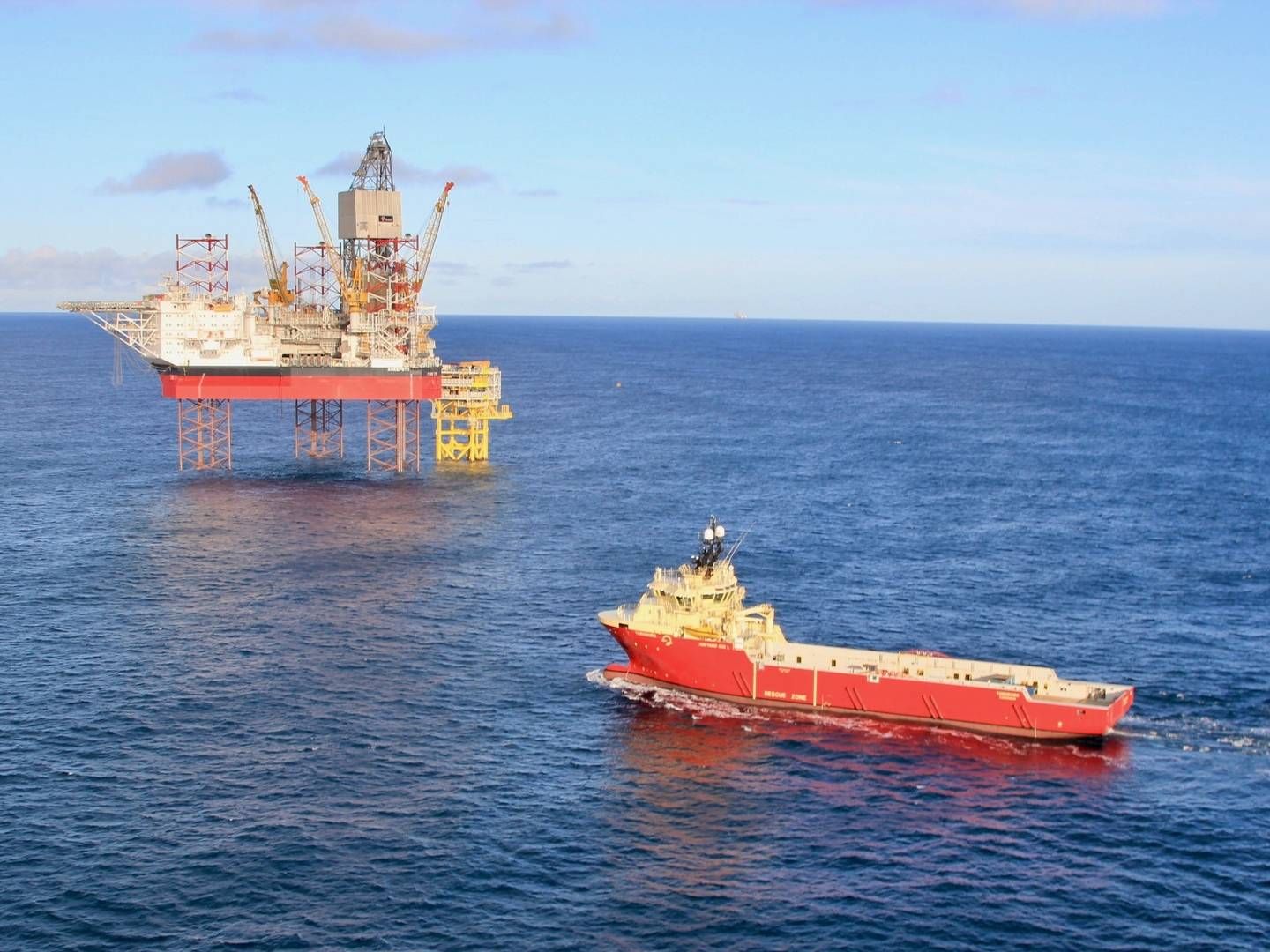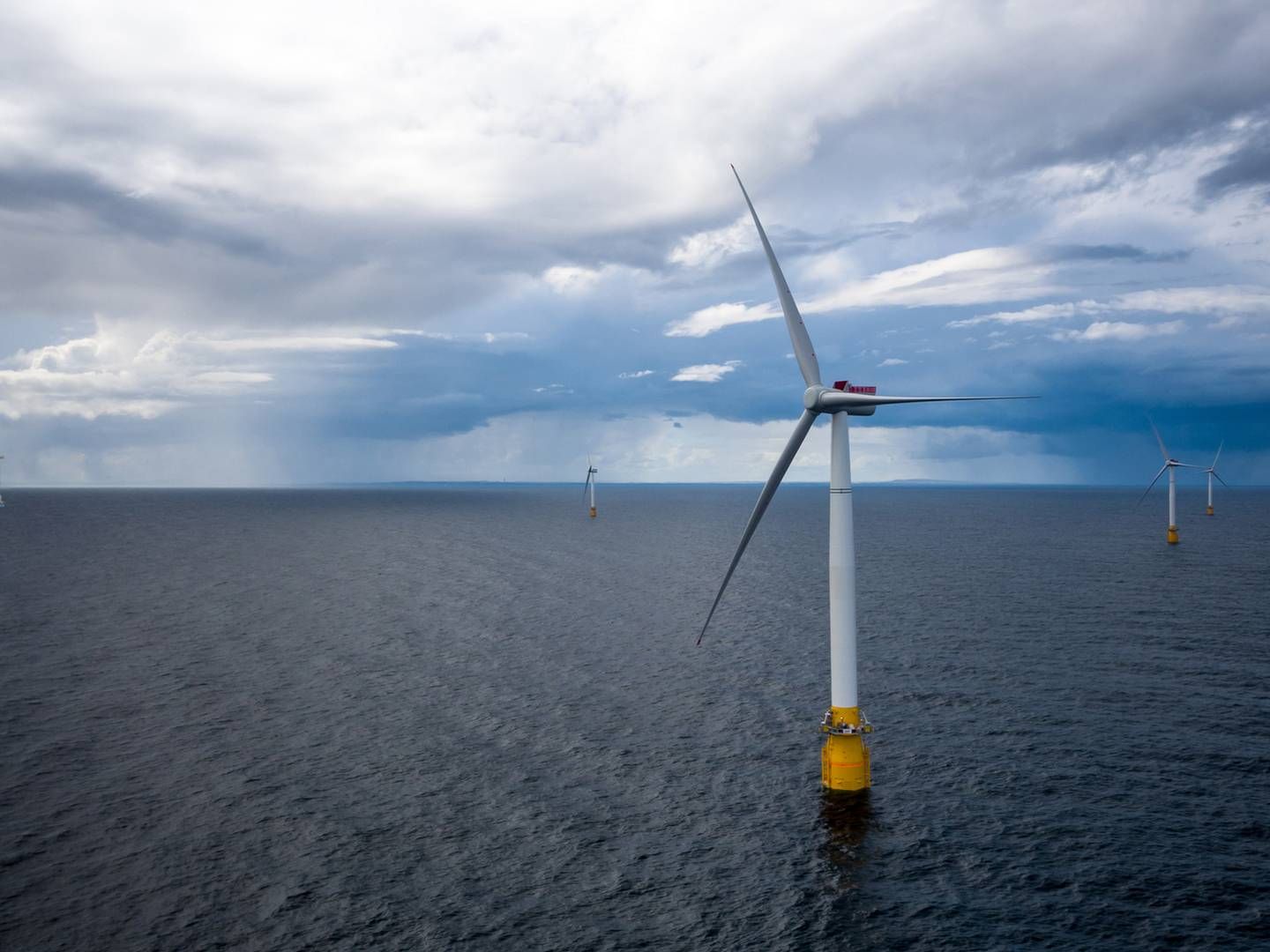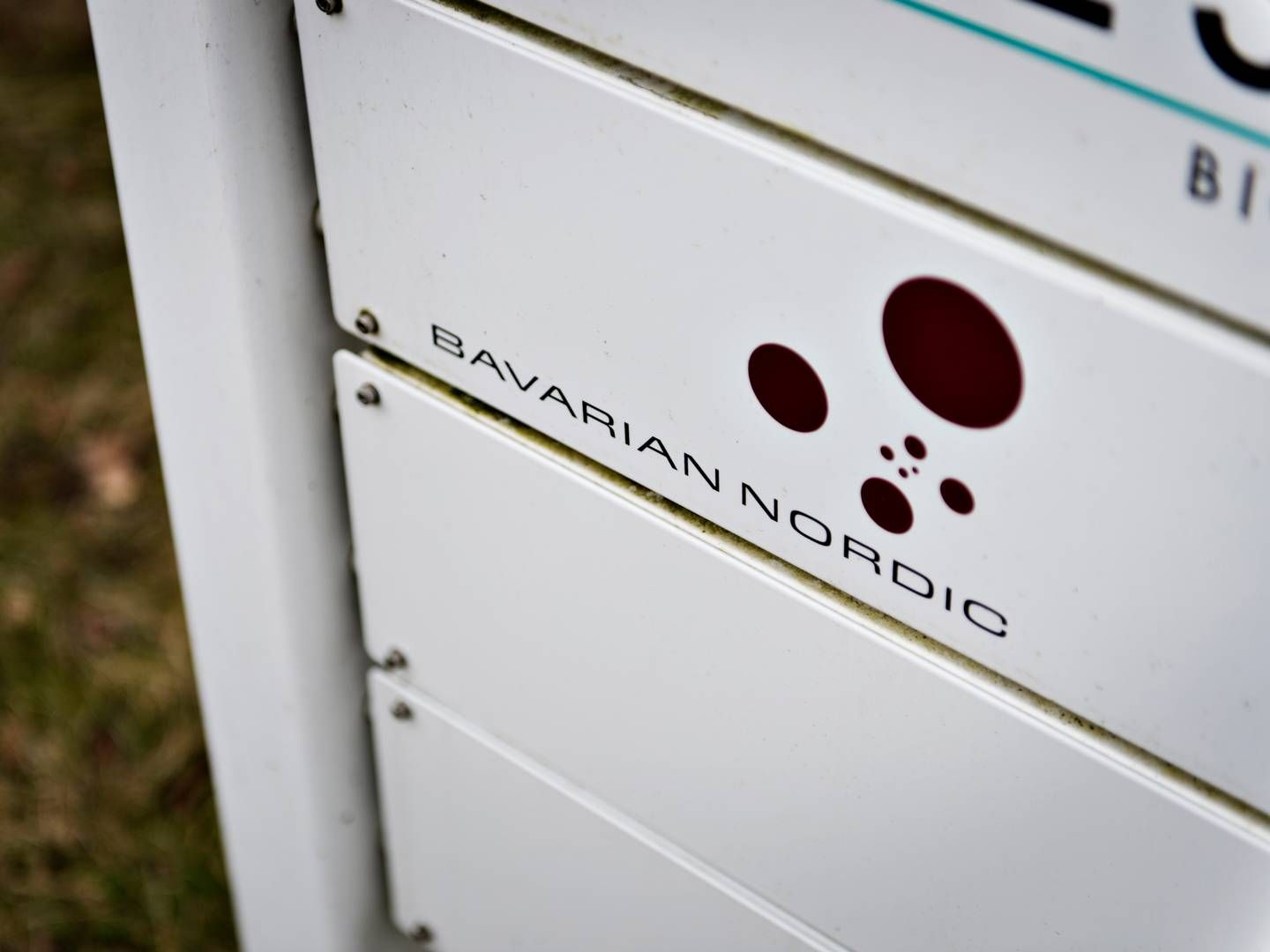Trollvind to ensure floating offshore wind energy at less than EUR 100 per MWh

Equinor and partners Petoro, TotalEnergies, Shell and ConocoPhilips have presented a proposal to build a floating offshore wind farm west of Bergen, Norway, where they will strive to supply power at a price below EUR 100 per MWh from as early as 2027.
”I’m a calm person, but this makes me bubbly on the inside. If we make this happen, it will place Norway in the top tier of floating offshore wind globally,” says Equinor Chief Executive Anders Opedal to EnergyWatch.
He has recently laid out the plans and ambitions for Trollvind, a proposed 1GW floating offshore wind farm 65km west of processing plant Kollsnes outside Bergen. The idea is for the project to supply the processing facility with gas and the platform in the Troll and Oseberg sites with power. In total, this involves an expected annual production of 4.3TWh, and what is generated in excess of that will serve to benefit price area NO5.
4.3TWh of additional power, but no lower emissions
”What we’re presenting today is a concrete opportunity in the energy transition. Electrifying the [Norwegian] shelf is absolutely necessary. At the same time, we note that when society is electrified, it poses challenges for the grid balance, and the situation is especially challenging in Vestlandet,” says Opedal.
He specifies that this is an initiative, which first and foremost adds and frees up more power for onshore purposes. Kollsnes and Troll A have been electrified since 1996, and the electrification is already planned. That means the project will not lead to lower CO2 emissions.
”This will not reduce emissions any further than what has already been done. This is a project to transmit more power to shore,” says Equinor Executive Vice President of Exploration & Production Norway Kjetil Hove.
The project will thus help ensure that the electrification of the Norwegian shelf will play out without being a detriment to others.
”Trollvind will contribute to ensuring long-term power supply to the Norwegian shelf without negative consequences for power users on land,” says Opedal.
According to Hove, 1.4TWh is needed for Oseberg and Troll, and he points out that Troll A and Kollsness saw consumption of 3.3TWh last year. Thus, considerable quantities of electricity are needed to electrify the Norwegian shelf, for which 4.3TWh of additional generation will be a substantial contribution.
”4.3TWh is quite a lot of power. Bergen used 3.7TWh last year, and that is seven times more than the entire Norwegian electric vehicle fleet in 2020,” says Hove.
In contrast to Hywind Tampen, where the offshore wind farm is attached directly to the platforms, Trollwind will transmit power to Kollsnes on land, where it will be used and sent out to the platforms as well as to other shoreside power-consuming sites through the general electric grid.
”It’s very windy out in the North Sea, but not every day. A cable going ashore will yield better utilization of the wind,” says Hove.
Financed by way of 15-year PPAs
Trollvind will deliver power at a price below EUR 100 per MWh, and this will be done without subsidies from the state. If successful, it will be a new milestone for the pricing of floating offshore wind.
”This will be financed using power purchase agreements, and then we increase the size by a factor of ten. That’s scale of some import,” Opedal tells EnergyWatch.
He explains that is too soon to determine precisely how the price will end up, but says that the partners see a realistic opportunity for making it happen. The key element is the long-term PPAs with the oil platforms and Kollsnes.
”The unique thing here is that we have a fixed price, and that it’s a period of 15 years we are talking,” says Hove.
The details concerning these deals have not been made public, but the oil company is able to pay relatively well for the power produced. This is because the alternative is using expensive gas, which entails purchasing EU’s climate quotas and and paying Norway’s CO2 tax, which amounts to NOK 766 (EUR 73) per tonne. At the same time, climate quotas come to around EUR 83.50 per tonne of CO2 emissions, leaving the Norwegian oil outfit to pay EUR 156.50 per tonne CO2 on top of the gas that the company uses. With such a cost level for gas, it's unproblematic to enter into long-term PPAs for EUR 100 per MWh.
Customers also have the option of writing off these expenses under the oil tax regime. In essence, they must pay 78% of the profit in taxes, but they can also write off the equivalent on the cost side. That makes the power they use both climate-friendly and inexpensive in practice.
Tax regime of no importance to investment decision
Asked whether the build-out itself will be placed under the oil tax regime, Equinor is less sure. However, they find that this will not have any impact on the investment decision.
”This is a customary investment. We’re not entirely sure which tax regime it will fall under. We have submitted an application. That will be decided by the Ministry of Petroleum and Energy, but it will be immaterial to us,” Opedal tells EnergyWatch.
He also makes it clear that the project will not come under the temporary tax package. If so, it would have required an investment decision this year and for the project to get underway by next year. He expects that the investment decision could be made next year.
Asked whether floating offshore wind has come so far that subsidies are no longer necessary, the Equinor CEO makes it clear that this is not the case. Although it is possible at Trollvind, he contends that this is because the project benefits from a unique framework not applicable to other floating offshore wind projects.
”We’re still dependent on a subsidy regime for other offshore wind projects like Utsira Nord,” says Opedal.
Tight timeline ahead of 2027
For Equinor and partners, it’s important that public authorities make appropriate decisions on capacity allocations to support the realization of Trollvind. Doing so would require site designation as well as allocating shore connection. This is normally a lengthy process, but project dialog with officials is already underway.
“We have started talks with NVE and Statkraft concerning network connection. If companies and authorities cooperate, we can solve these challenges,” Opedal says.
Norway has already opened two offshore wind areas, with setting up smaller volumes of floating wind to directly electrify oil and gas platforms also an option.
Trollvind, however, will require shore connection, and that normally takes more time. Plans for Utsira Nord and Sørlige Nordsjø entail commissioning before 2030, but achieving as much might prove difficult being that the allocation process has not yet started. To this end, the Norwegian Ministry of Petroleum and Energy continues its efforts to establish criteria for how to allocate project capacity within the areas.
At Trollvind, though, it’s an either/or question. If officials say yes, Equinor and partners will begin the process – in which case they can get a quicker start compared to Sørlige Nordsjø II and Utsira Nord projects.
”If everything goes well, we will be able to complete this project for 2027. It will require the coordinated effort of several parties, but it’s a fine place to start,” Opedal says.
Oil giants mulling 1GW floating wind farm off Bergen
Equinor says time has come for large floating wind projects
Related articles
Oil giants mulling 1GW floating wind farm off Bergen
For subscribers
Equinor says time has come for large floating wind projects
For subscribers























.jpg&w=384&q=75)
